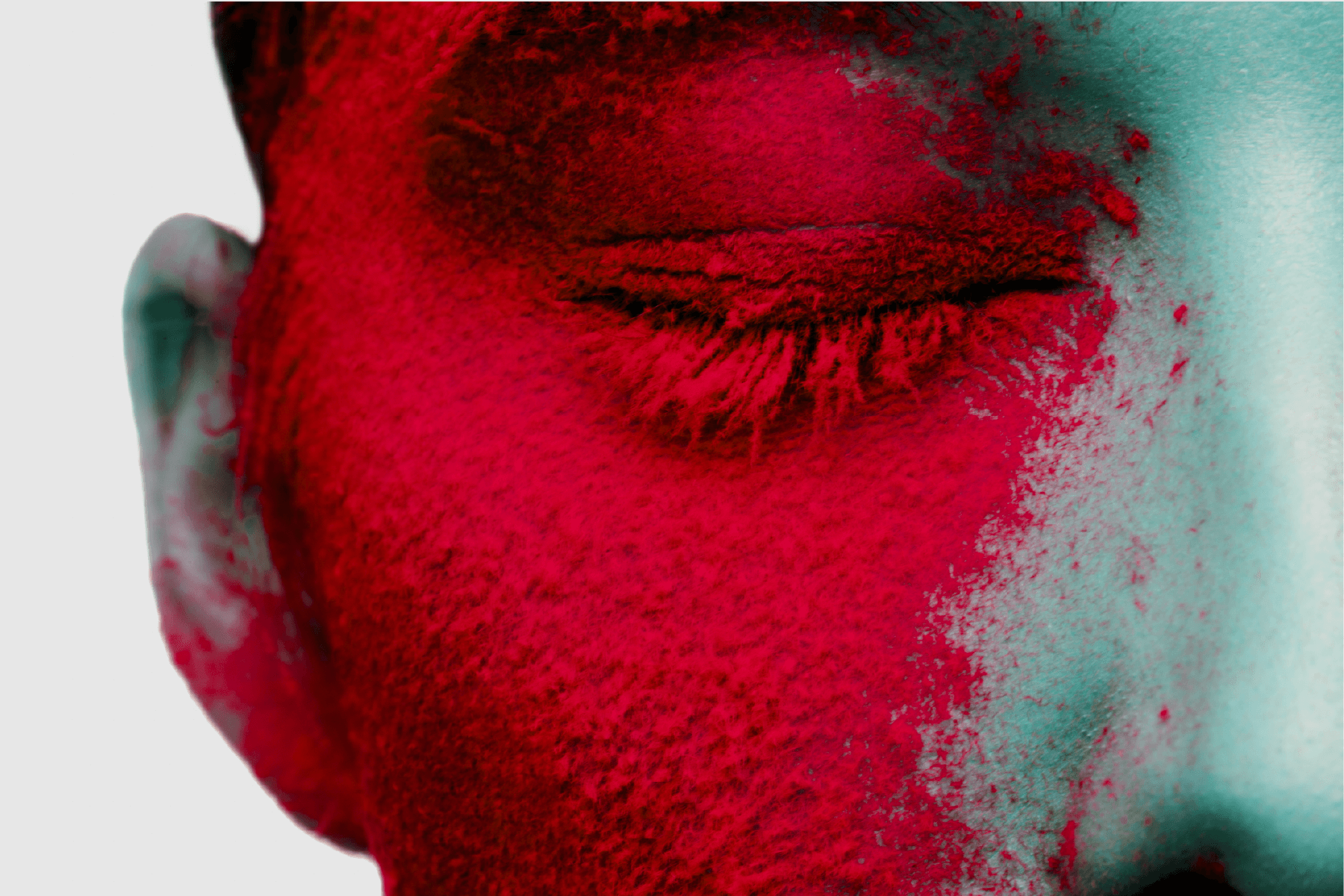 Is your neck and chest full of blotchy redness? Are your blood vessels more visible? And have you experienced itching, burning and flushing in the same area? Well, you may well have poikiloderma. Read on to find out more about this strangely named skin condition, what causes it, and what you can do keep it at bay.
Is your neck and chest full of blotchy redness? Are your blood vessels more visible? And have you experienced itching, burning and flushing in the same area? Well, you may well have poikiloderma. Read on to find out more about this strangely named skin condition, what causes it, and what you can do keep it at bay.What is poikiloderma?
Poikiloderma of Civatte, to give it its correct name is a common skin condition, first described by a French dermatologist named Civatte, and most commonly seen on the neck, face, chest or arms, combining the following symptoms…- Redness (Erythema): red patches or blotches that may be accompanied by a burning or itching sensation.
- Hyperpigmentation: darker areas of skin, often brownish in colour may develop and occurs due to the increased production of melanin.
- Hypopigmentation: lighter patches of skin may also be present, resulting from the loss of melanin in certain areas. This is more common in medium to dark skin tones.
- Telangiectasia: small, dilated blood vessels that become visible on the surface of the skin. These blood vessels may appear as thin red or purple lines.
What causes poikiloderma?
The exact causes are not fully known, though EV Expert and Medical Director of Cosmedics, Dr Ross Perry, shares that, “long periods of being exposed to the sun’s harmful UV rays, can, over time, accelerate poikiloderma.” Like hyperpigmentation and wrinkles it’s another sign of damage to the skin due to chronic sun exposure. As UV rays damage the skin’s elastic fibres and blood vessels, leading to the characteristic symptoms of poikiloderma. Other potential factors that may contribute to this skin condition include genetic predispositions, hormonal changes and even certain medications.Who is it likely to affect?
It can affect both men and women and is most likely seen on fair-skinned, post-menopausal women who’ve had a lot of exposure to the sun.Prevention is best
The best preventative measure is to minimise sun exposure, avoid peak hours of sunshine (11am-3pm in the UK) and protect the skin from harmful UV rays. This includes scrupulous use of a broad-spectrum sunscreen, protective clothing, and wide-brimmed hats.What’s the best way to treat it?
There is no definitive cure for poikiloderma, but thankfully this skin condition is not in any way life threatening and is purely a cosmetic concern. However, there are some treatment options that can help manage the symptoms and improve the appearance of the affected skin.If the condition is itchy, uncomfortable or its appearance is bothering you, it’s worth consulting a dermatologist, who may well recommend a combination of the following treatments:
Topical treatment
Certain prescriptive creams, lotions or gels containing ingredients such as hydroquinone, retinoids, corticosteroids, or vitamin C may be prescribed by your dermatologist to help reduce pigmentation irregularities and improve skin texture.Laser and light therapies
Intense Pulsed Light (IPL), can help to reduce redness, fade pigmentation, and improve the appearance of blood vessels, “they help to destroy damaged skin cells, allowing the skin to produce new healthier cells”, say Perry, although he warns not to “expect miracles as even high-tech lasers won’t get rid of poikiloderma altogether”.Chemical peels
Mild chemical peels, such as those containing alpha-hydroxy acids (AHAs), can help exfoliate the skin and promote a more even skin tone. Deeper peels are sometimes recommended for more severe cases.Cryotherapy
Cryotherapy involves freezing the affected areas with liquid nitrogen to reduce the appearance of blood vessels and improve pigmentation.Photodynamic Therapy (PDY)
This treatment combines the application of a photosensitising agent with light therapy to selectively target and destroy abnormal cells in the skin and can help improve both redness and pigmentation.Camouflage makeup
If all else fails using makeup designed to mask skin discolouration can give the appearance of a more even toned skin.
Ross Perry, Medical Director
Dr Ross Perry is a leading aesthetic and dermatology doctor who specialises in botulinum toxins (Botox), fillers and...
Book with Ross Perry By Karen Heath
By Karen Heath